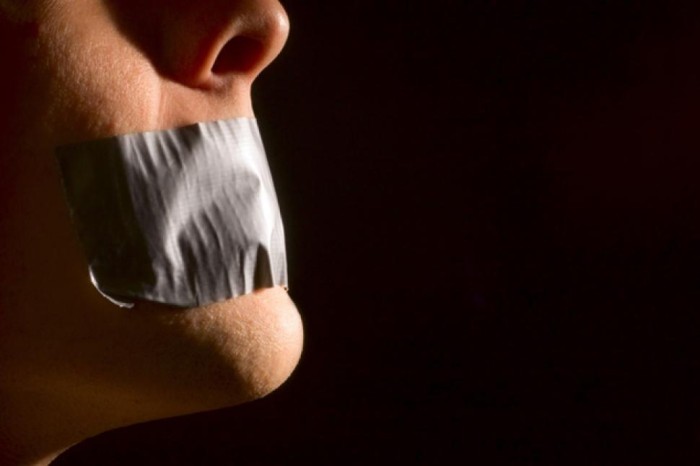Censorship against gay artists is as American as apple pie. It seems like a repeating pandemonium and spectacle that reproduces for each generation and about every decade. Mapplethorpe’s summer 1989 solo exhibit tour featuring gay erotica at the Corcoran Gallery of Art in Washington, D.C., practically started the cultural wars that are still going on. David Wojnarowicz’s short silent film, A Fire in My Belly, was deemed hate speech by the Catholic League during the exhibit “Hide/Seek: Difference and Desire in American Portraiture” at the National Portrait Gallery in November 2010. Conservative complaints led to national attention and the art world fighting for artistic freedom against a moral righteousness hoping to suppress it.
Knowing this, many artists of the time didn’t even try to fight those battles and sublimated their sexuality into their work. Minor White is one of the most known and influential photographers of the 20th century. He really picked up his speed after World War II, during which he had served in military intelligence. He studied with Alfred Stieglitz, Edward Weston and Ansel Adams, but all the while he buried his
sexuality in work detailing his spiritual search for serenity and the bliss of simple perfection through photography. Many of his shots of nature, such as the ones of rocks and cracks in stones, stood in for the sexuality that tormented him throughout the life he kept hidden and his self-censorship and self-erasure. He died in 1976. His photographs of male nudes, however, were finally published in 1989.
Before the Stonewall riots in June of 1969, most gay art was indirect; however, whenever it left the space of the esoteric or the opaque, it faced the wrath of the larger populace, even when it was not intended to do so. Watercolorist Charles Demuth was born in 1883 and died in 1935. He was a lifelong resident of Lancaster, Pennsylvania,and painted many precise pictures of natural, botanical beauty. but sometimes his work showed more layers of himself. “Turkish Bath with Self Portrait” (1918) is a homoerotic work too controversial for his time period. The heads of New York City’s Museum of Modern Art excluded his still life, “A Distinguished Air” from a major retrospective of his in 1950 because they considered its sexual theme too suggestive and risqué. In 1934, Paul Cadmus painted “The Fleet’s In!” while working for the Public Works of Art Project of the WPA. Tame by today’s standards, it featured sailors, women and a gay couple having a good time of an enchanted, liberated evening. It was pulled from an exhibition of federally financed work at the Corcoran Gallery of Art in Washington, D.C., that year. The controversy, however, helped solidify Cadmus’ career.
Although censorship from within and without was rampant during the 20th century, change was made bit by bit, particularly with key and landmark legal cases on the federal levels. One, Inc. v. Olesen on January 13, 1958, is one such landmark United States Supreme Court decision for gay rights in America. One, Inc., part of the Mattachine Society, one of the first gay rights groups (founded in 1950), published the early pro- gay One: The Homosexual Magazine, beginning in 1953. The society was harassed by the U.S. Post Office Department and the FBI for spreading obscenity through, not its production, but its mailing under the Comstock laws. The Supreme Court reversed all previous decisions, stating the magazine was not “obscene, lewd, lascivious and filthy” simply because it discussed homosexuality and contained gay content and matter.
As the issue of gay rights in the courts switches to equality, it will be interesting to see if artistic censorship against the LGBT community in America abates and allows more liberty and room for artists to have the moral and social ground to freely produce the motifs and work they wish.





































